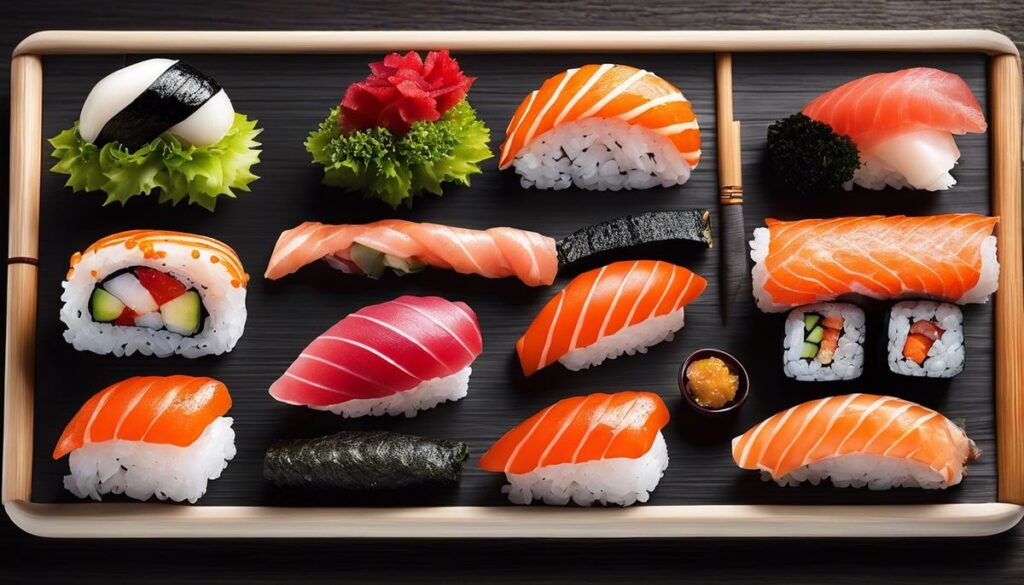When we hear the word “sushi,” images of masterfully prepared rice, fresh fish, and an art form as meticulous and precise as Japanese cutting paper come to mind. Sushi, originally developed in Japan, has found its way into the gastronomic scenes of the entire world and has become a universal symbol of fine cuisine. Our focus is on the fascinating journey of sushi – its origins in Japan, its traction in the Western world, its cultural and gastronomic significance in Japan, its global presence and popularity, and how the art of sushi has changed and adapted over time. And beyond that, how the sushi trend has an impact on our society and our environment.
The Rise of Sushi in the Western World
The fascination for sushi is widespread and today it is easy to find a restaurant that offers this Japanese specialty in almost every major Western city. But how did sushi actually make this impressive journey into the Western world?
To answer this question, we need to go back in time a few decades. The 1960s marked a turning point for Japanese cuisine. With the increasing internationalization and exchange of cultures, interest in Japanese cuisine also increased sharply. In the U.S. in particular, a phenomenon called the “sushi boom” was spreading.
Los Angeles pioneered this movement, where famed sushi chef Nobu Matsuhisa opened his first restaurant, paving the way for sushi’s popularity in the Western world. Nobu combined the Japanese art of sushi with the flavors of Western cuisine, making his creations unique and particularly appealing to Western palates.
At the same time, Western society has begun to appreciate the value of a healthy diet. Sushi offered a perfect combination here: it was not only healthy, but also visually appealing, because part of the art of sushi lies in its presentation. The principle of “eating with your eyes” received a great deal of attention and is just as much appreciated in fine dining as the taste.
Yet another factor has contributed to sushi’s respect and appreciation in the Western world. This is the respect for the art of sushi and the masters who practice it. Sushi chefs were increasingly perceived as artists who mastered unparalleled craftsmanship.
The combination of health awareness, aesthetics, respect for art and curiosity about new cultures made sushi a phenomenon in the Western world that is still strong today. Although changes and adjustments have been made to satisfy the Western palate, the deliciousness of sushi in its pure, original form remains undisputed.
This is how sushi continues its triumphal march, a journey that started from a small bite in Japan and has turned it into a global palate phenomenon. It has definitely shown that food culture has the potential to build bridges across oceans and reminds us that exploring new lifestyles and their different aspects can be an enriching experience.
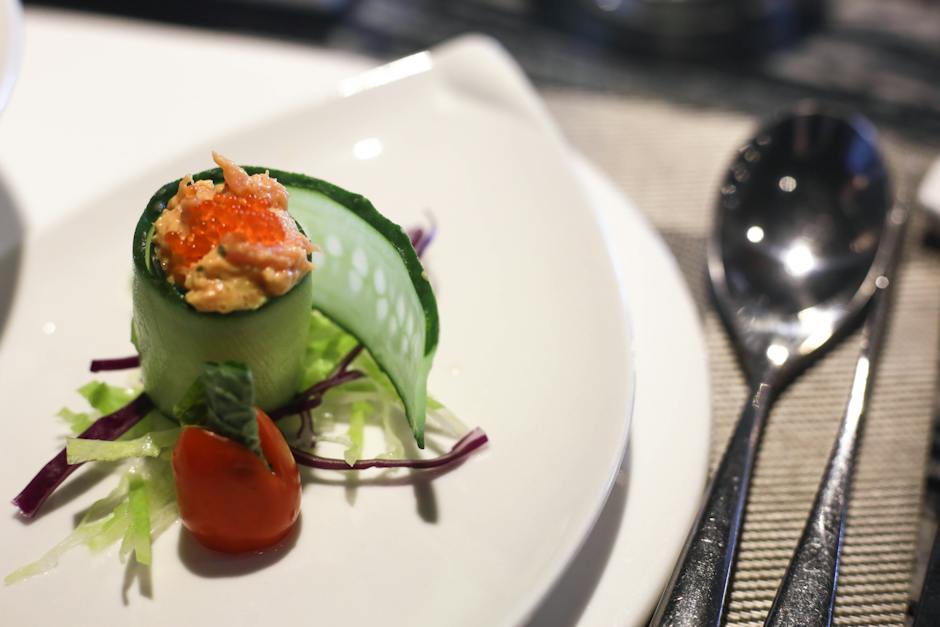
The Cultural and Gastronomic Significance of Sushi in Japan
Sushi: In the footsteps of cultural evolution and culinary masterpieces in Japan
Considering the theatricality of the traditional matcha ceremony, the minimalism of Zen greenery or the refrain of haiku poetry, it is obvious that the Japanese have a highly developed appreciation for aesthetics. It is at the heart of their culture. And nowhere is this aesthetic refinement more evident than in its culinary aesthetics – sushi.
Sushi, which means “it’s sour” in Japanese, is more than just a stew in Japan. It is an art full of subtlety and nuance that has been passed down from generation to generation, and is one of the few examples that manages to use the causal expressions “food” and “art” together in one sentence.
The preparation of sushi – an expression of tradition and a sign of respect
Traditional sushi cuisines – so-called sushiyas – are strongholds of sophistication, where every aspect from the selection of fresh ingredients to the presentation of the finished dish is tightly controlled. The rice, the soul of sushi, requires special attention. When selecting the fish, the sushi chef focuses on quality and freshness. Anyone who has ever observed how an experienced sushi master brings a finely cut delicacy into existence with fluid movements understands why a sushi chef in Japan needs years of training.
The Social Significance of Sushi: Beloved Fast Food and Ceremonial Feast
Sushi is part of daily Japanese life and a ubiquitous part of society. Be it at lunchtime, where the Japanese often enjoy sushi in fast food restaurants or at sushi bars in department stores, or on special occasions, where the sushi experience is often the main culinary attraction.
In Japan, eating sushi together stands for a sense of togetherness and harmony. It is associated with respect and appreciation – for the other guests, the hosts, the sushi master and, last but not least, for the food itself. Sushi isn’t just a way of eating, it’s a way of life.
In conclusion, let yourself be captivated by the elegance and ritual of sushi
Sushi is a culinary art form characterized by respect for traditions and meticulous craftsmanship. The interplay of aesthetic presentation and refined taste is what makes sushi so fascinating. It is more than a meal, it is a reflection of Japanese culture and way of life that becomes a sensory and emotional experience.
So the next time you’re hungry, embrace the spirit of sushi. Let yourself be enchanted by the aesthetics of the presentation, feel the respect and passion in every bite, and enjoy the taste that bridges the gap between art and lifestyle.
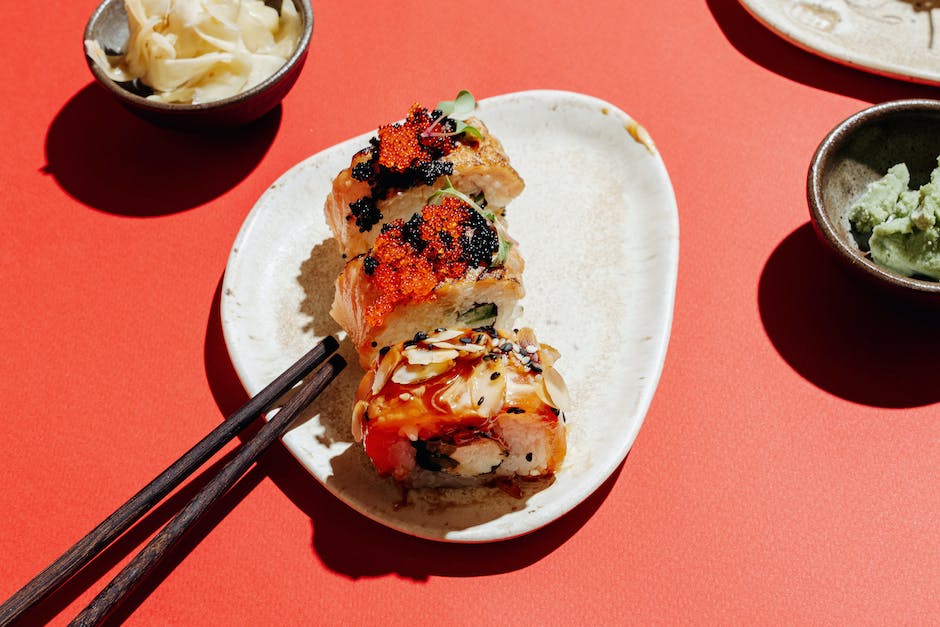
Sushi’s Global Presence and Popularity
Beyond the escapist temptation to explore innovation, the appeal of sushi culture is characterized by its offer of genuine connection and empathetic acknowledgment. With the increasingly globalized times, we have delved into the subtle nuances, the honest dialogue, and the original encounter with sushi culture, whereby the originally foreign has now become familiar, understandable and integrable.
In the deepest sense, the aesthetics of Japanese culture, especially that of sushi, is a beguiling promise of contemplation and respect for nature and its treasures. Without overloaded flavors or exaggerated sauces, each sushi creation speaks its own language that adapts to the surrounding atmosphere and leads the guest to a place of peace and tranquility.
The art of sushi making reflects the dedication and precision that goes into the creation of each piece. With carefully selected and exquisitely prepared ingredients, each piece of sushi becomes an expression of culinary poetry, a metaphor for deep respect for life and our relationships with it.
In Japanese society, sushi has a social function that goes beyond just enjoying food. It is a significant aspect of gathering, commemoration and celebration – it is a shared experience in which unity and joy are celebrated.
The way sushi combines the beauty of art, the simplicity of nature, and the purity of the human spirit is an example of the balance we strive for. It is a way of life that seeks harmony with our environment and integrates it into our daily lives. And in this art, in this way of life, we find a mirror of our desires, our experiences – and ultimately of ourselves.
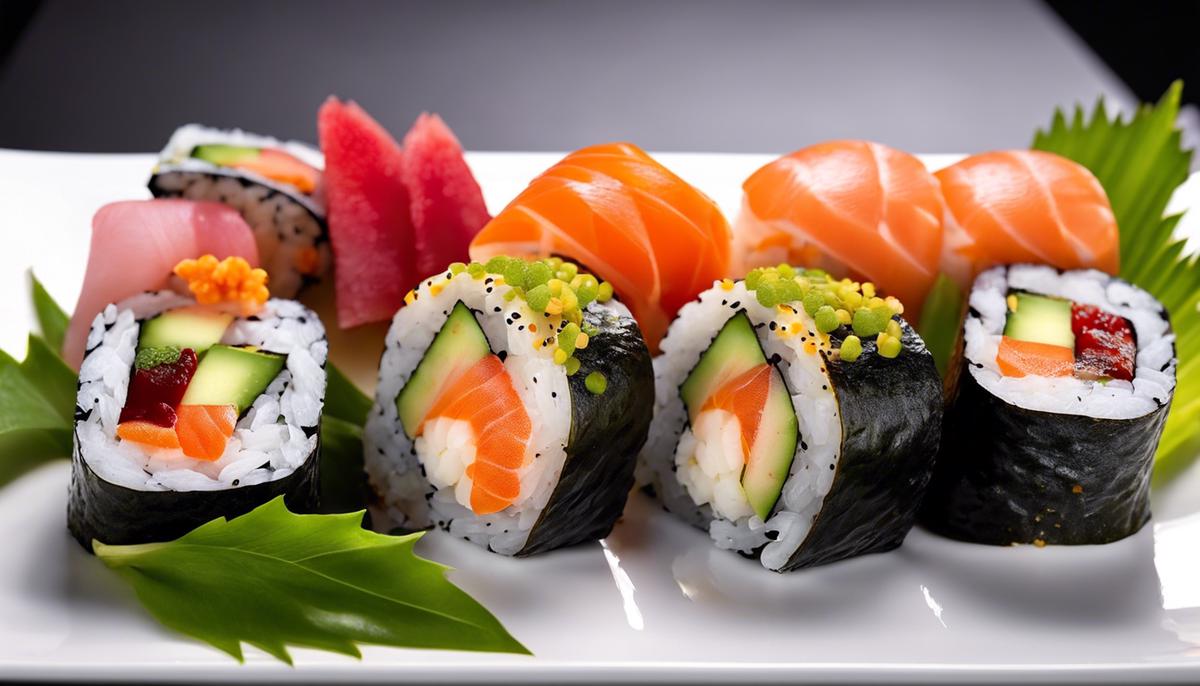
The change and adaptation of sushi over time
It is often said that eating habits are the key to a country’s culture, and sushi undertakes a truly global cultural exchange. Presented on a stylish, minimalist panel, it offers a visual abundance of textures and colors that would undoubtedly be the envy of a designer.
The fusion of Eastern tradition and Western innovation has given rise to sushi interpretations such as the California Roll. While purists may shudder at the thought of snail caviar or foie gras on their sushi, such daring combinations have helped redefine sushi architecture and creatively provide access to won palates.
Today, the fast-food phenomenon has brought sushi kitchens to every city and almost every household. Homemade sushi has become the epitome of chic, healthy eating. Why cook heavy food after work when you can whip up amazing sushi rolls in minutes?
The gathering around these small works of art, the satisfaction of creating or tasting a perfectly balanced nigiri, has become a symbolic act of social connection. Sushi, with its silent aesthetic, reflects our own search for balance and harmony, a longing deeply rooted in our human nature.
The transformation of sushi illustrates how dynamic and adaptable both cuisine and culture can be. It also embodies the universal possibility of friendship and exchange between cultures. Thus, these small, aesthetically pleasing morsels show us that, despite all the differences, there is a true, universal connection through the shared love of food.
Sushi is a constant reminder that it’s much more than just food. It is a connection to art, a homage to nature and ultimately a reflection of self-perception. It is the personified philosophy of wabi-sabi, the recognition of beauty in imperfection, and lives in its aesthetic presentation and its ability to invite us to reflect and appreciate. Finally, let’s be thankful for sushi, a paycheck-friendly invitation into a world of colors, textures, and flavors that excites and inspires us. The subtle elegance of sushi is a manifesto for the pursuit of perfect detail and the pursuit of simplicity in our overcrowded world.
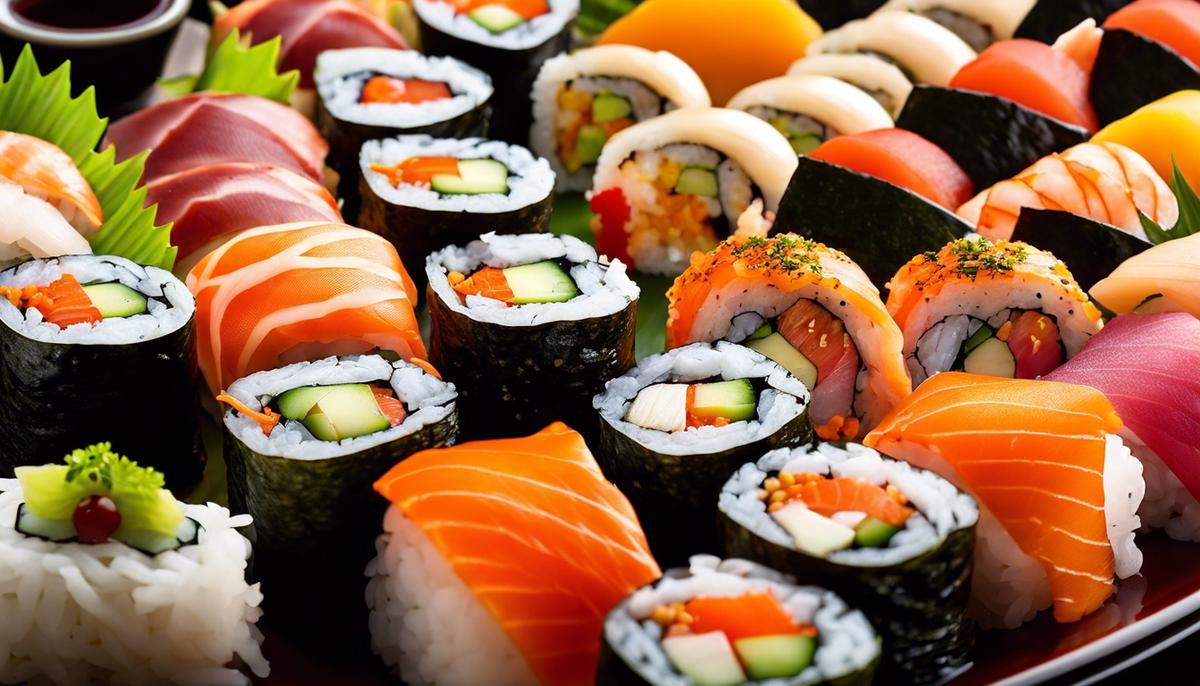
The impact of the sushi boom on society and the environment
– Expressing our identity, lifestyle and image through our selection of sushi
Of course, there are also effects of the global sushi boom that must be kept in mind. It is undeniable that the explosive increase in the recognition of sushi in the Western world is offset by a serious environmental impact. This truth presents us with a challenge – how we can continue to enjoy sushi and at the same time maintain an environmentally conscious lifestyle.
The question that sushi lovers and sustainable lifestyle enthusiasts alike need to address: How can we continue to express our passion for sushi while also respecting our planet?
There are many scruples to consider. For example, the use of sustainably caught fish, the protection of endangered fish species, ethical sourcing and the use of recyclable or biodegradable packaging.
The unrest caused by the global sushi boom is leading us to a divide that challenges our ideas about sustainable consumption, ethical sourcing, and environmental protection. But this restlessness also leads to an awareness that changes need to be made.
Thus, sushi, which began as a simple treat for the palate, also becomes a reflection of our responsibility to raise our awareness and better adapt our lifestyle to the earth. Sushi will continue to be a symbol of perfect harmony, simple pleasures and adhesion of tradition and innovation, but its global popularity leads us to reflect, evaluate and act.
Now, in the face of the global sushi boom, we have the opportunity to advocate for a sustainable future. We can use it to create a lifestyle that combines aesthetics, taste and environmental awareness. Above all, the global sushi boom can remind us that we, as unsuspecting consumers, have a power. It’s time to use this power wisely and reflect on the way we eat, how we live, and how we present ourselves.
So every piece of sushi reflects much more than just the enjoyment of a moment. It is an expression of our love for food, our respect for nature and our responsibility as globalized citizens.
In every piece of sushi, you also end up with a connection to ourselves – to our preferences, our values, our culture of life and the image we want to convey of ourselves to the world. It’s more than just food. It’s a part of us.
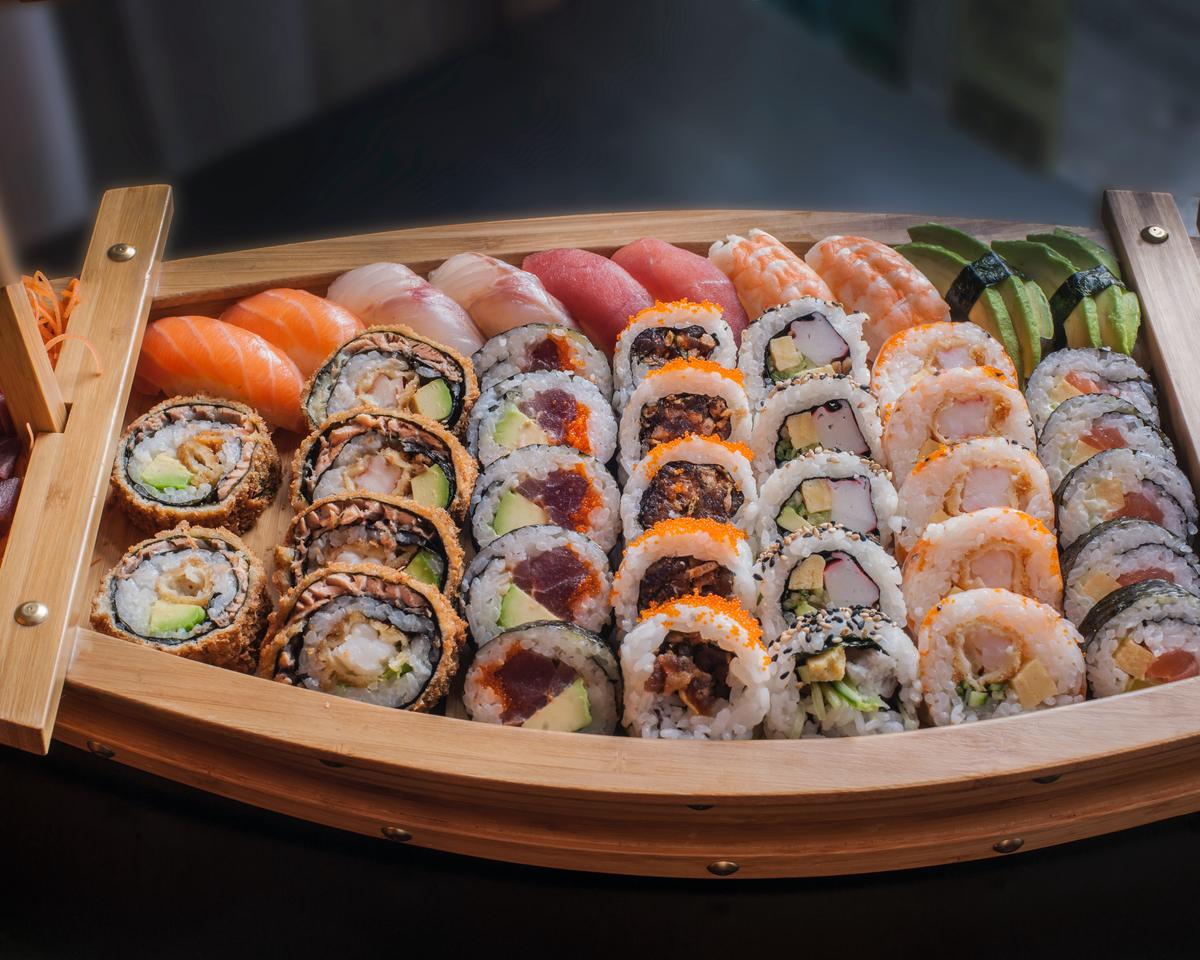
The wave that sushi has unleashed has given us far more than just another element in our gastronomic assortment. She has provided us with a meal that is a celebratory fusion of taste, texture and visuality. But it has also given us a new perspective on our world – on the unifying power of food, the possible dramas of its overuse, and the power of adaptation in ever-growing globalization. Sushi isn’t just food. It is the manifestation of a journey, a culture and a continuous conversation between tradition and modernity, between man and nature. And while we continue to enjoy this fine delicacy, it’s important that we are also aware of the impact our appetite has on the ecosystem and our socio-economic landscape.
